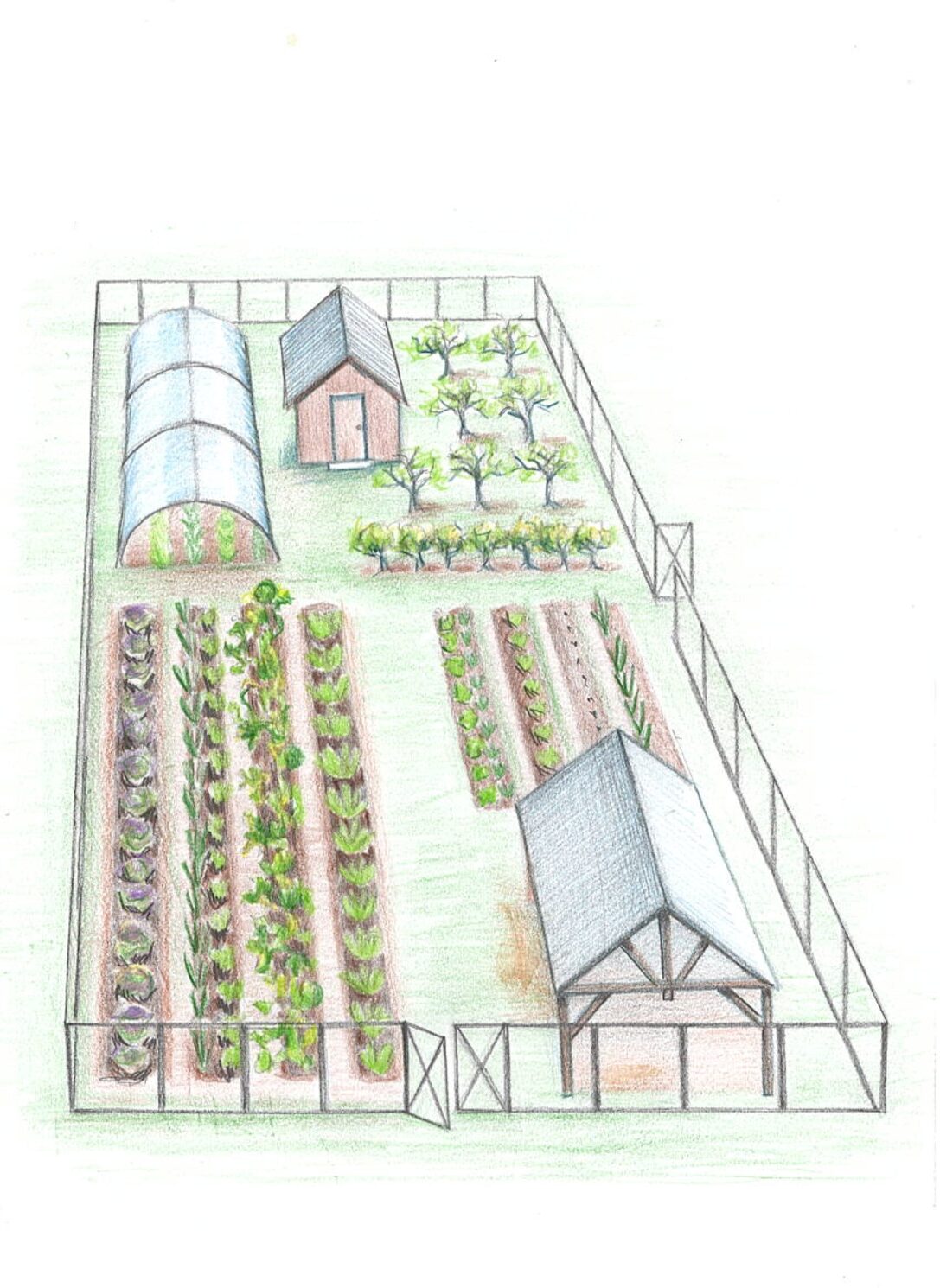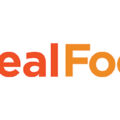Who knew you could grow 20K pounds of food on less than an acre? Don’t we need sprawling fields and tractors to do that? Real Food CT got going in 2019 with an idea to prove the concept of the Small Farm Model in our region of Connecticut. The goal was to show that the micro-farm could be an onramp to aspiring farmers to gain valuable experience, immediately boost fresh local food access, and serve as an integral part of redefining our local food system infrastructure.
Let’s Bring it Back!
This isn’t our concept and this isn’t some sort of groundbreaking idea. It’s been done since the beginning of agriculture over 10,000 years ago. Food to consume, sell, and trade all on less than an acre of land was considered standard just a generation and a half ago. We don’t have to look too far for examples of this happening in the tri-state area. The most accomplished, and published, is all the way up in northern Maine. Eliot Colemans Four Season Farm is nothing more than an incredibly well-organized rotation of the very best methods of regenerative agriculture: greenhouses, crop covers, crop rotations, and elite soil care. If they can produce year-round near Acadia Park we should be able to do it here in Newtown!
Typically our growing season in Zone 6 is from April/May through November. Adding a greenhouse allows for the inside production of lettuces, greens, and root veggies throughout the winter months as well. In addition, the extra space can serve as an extension to add hydroponic systems to complement in-ground production. Plus, the ability to start our own seedlings for the growing season consolidates costs and efforts.
Equity, Access, and Sustainability
Most importantly we view the Small Farm Model as an onramp for aspiring farmers that may not have the access or resources to own land or farms. Years of experience are necessary to be approved for credit and loans in order to start your own farm. Our goal is to use the Small Farm Model to create accessible training and business development opportunities around underserved communities plus connect these farms to food pantry production. Research of our local food system clearly shows that there are minimal opportunities for BIPOC and minority farmers to gain skill experience and there continues to be a lack of fresh food available at food pantries.
Follow us on our journey this season as we add our greenhouse, complete the Small Farm Model, and begin to network and build an advisory board within the communities we are serving.
(Drawing at the top is from our friends Pete and Erin at Aventine Gardens. Reach out for your local garden design and care!)



